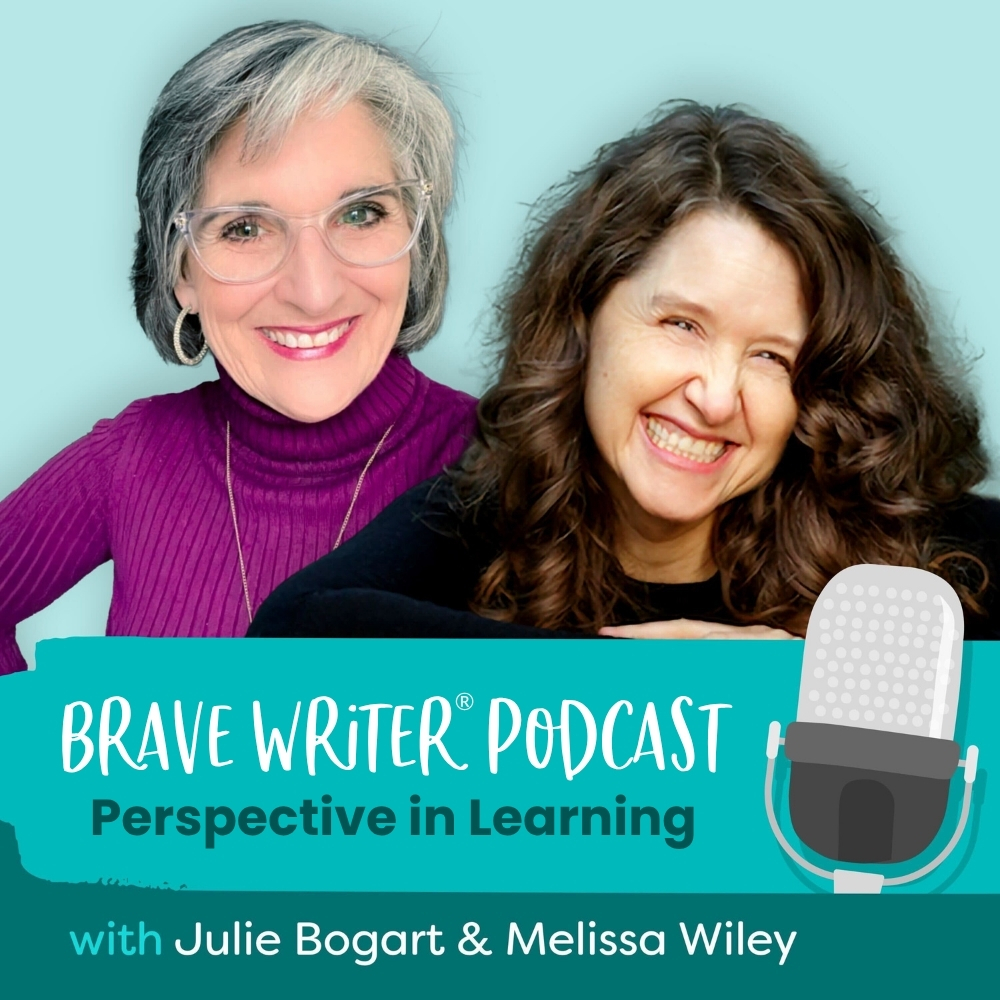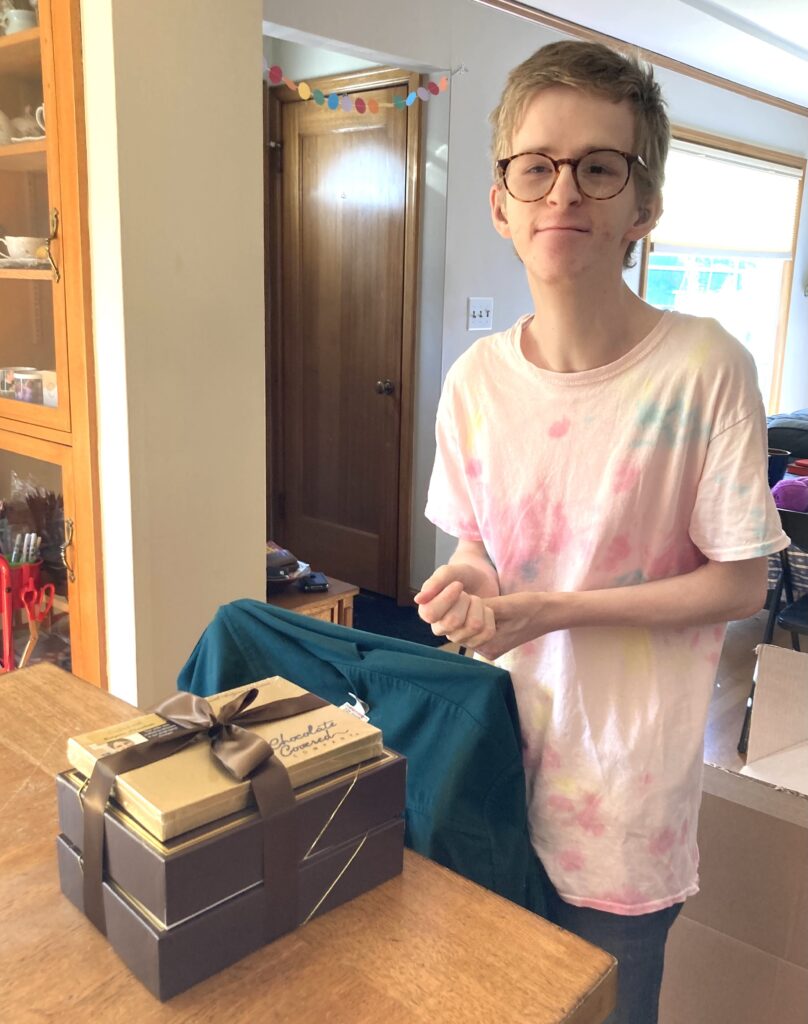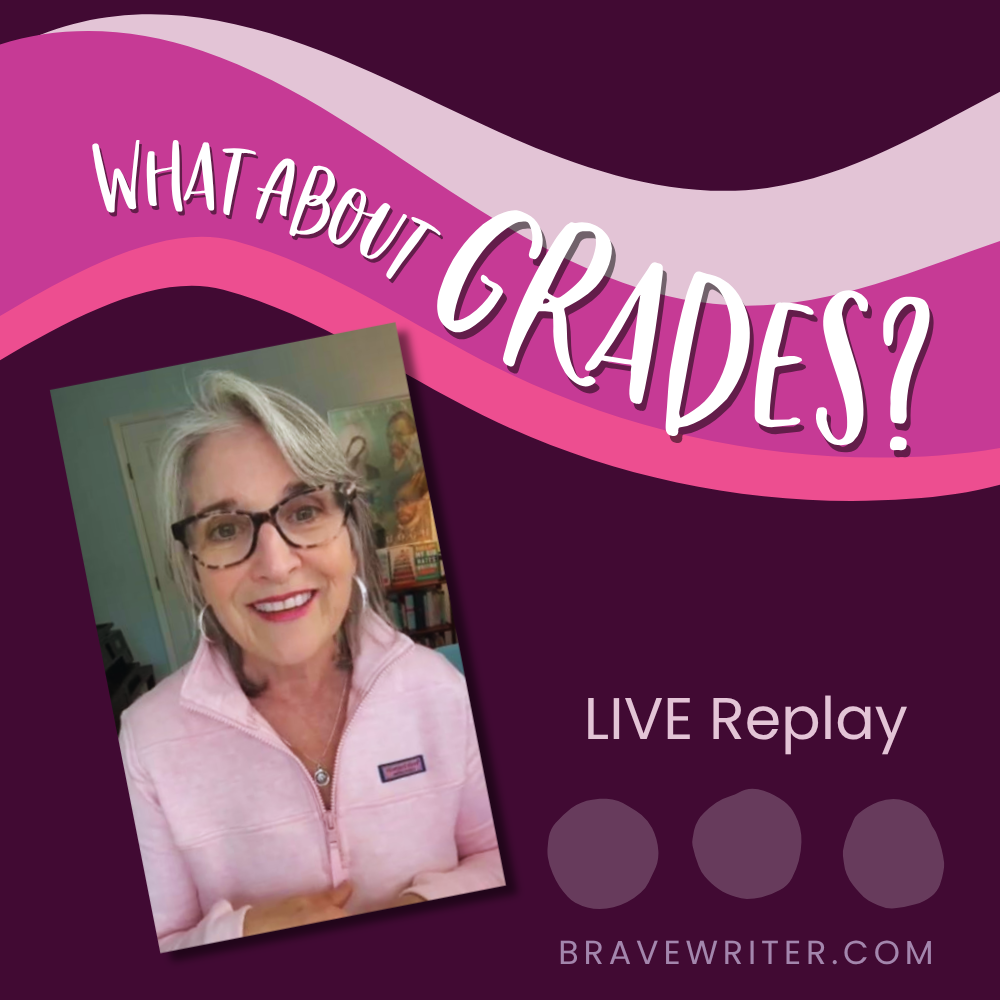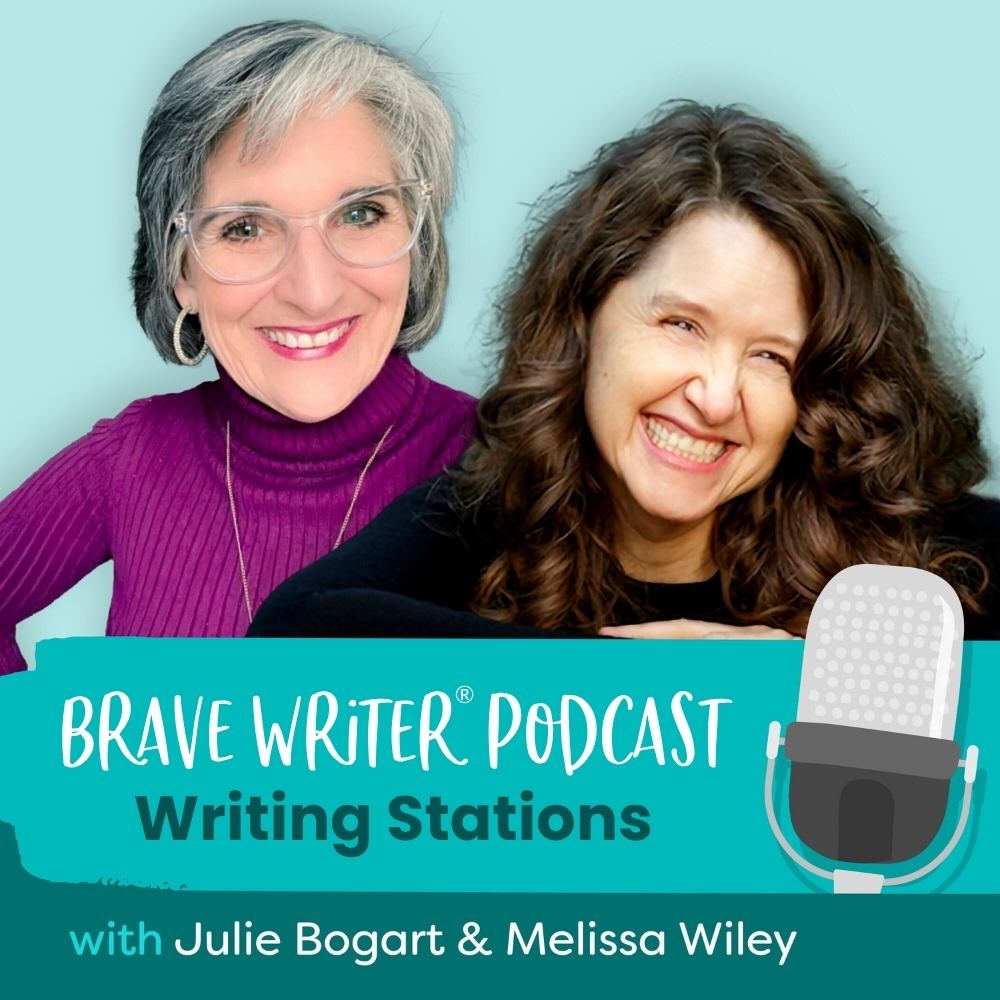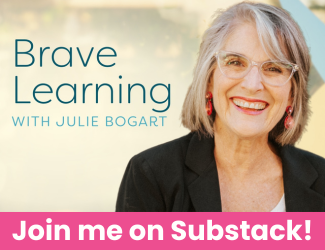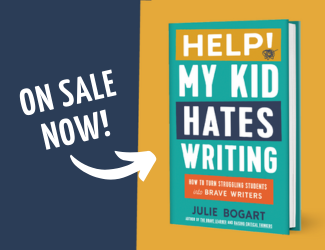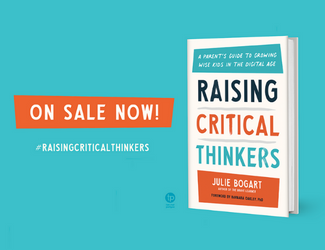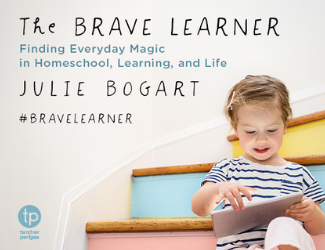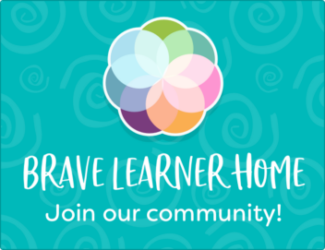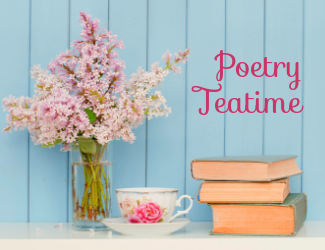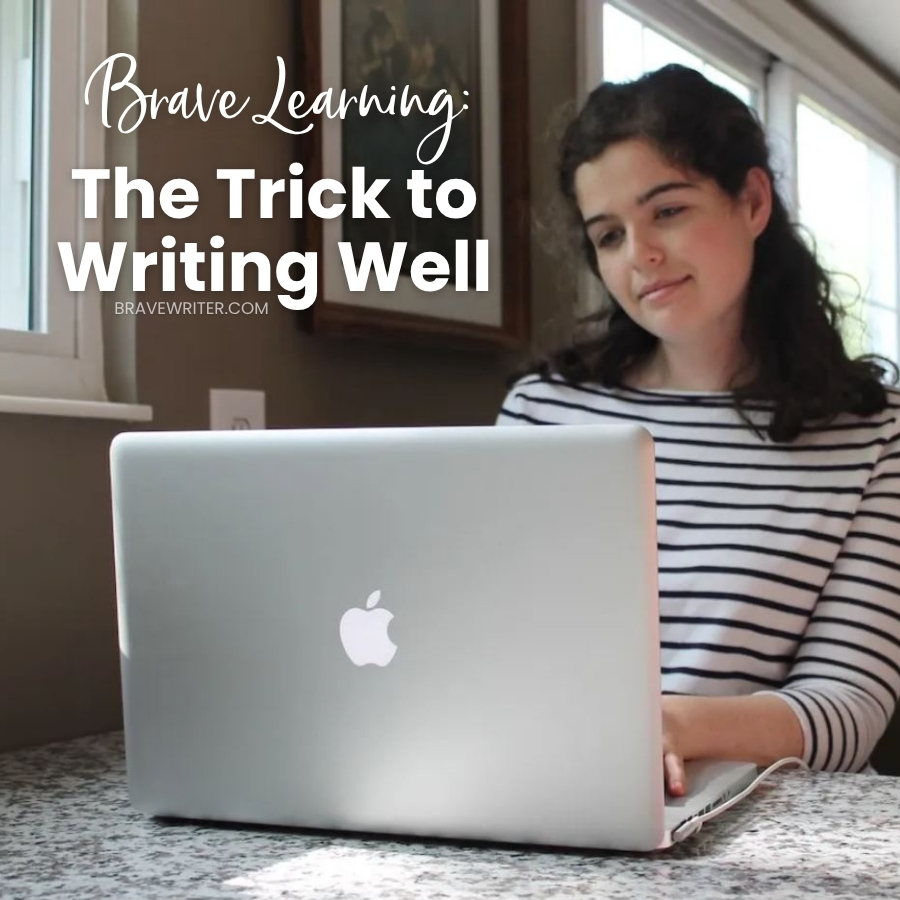
Recently on Brave Learning…
The Trick to Writing Well
A missive for your teens to read: Please share it with them!
There’s a reason that teachers, employers, or parents ask to see something you’ve written. It’s a way to see what you know!
Writing is your chance to compose a response, explain your thinking, or demonstrate your understanding. Unless you put those thoughts and ideas somewhere for others to read, they stay in your head, out of sight.
Beyond the academic context, plenty of us write, even when it’s not for a grade! Do you ever wonder why we bother? Why go through the trouble of writing down our thoughts? Why not just think them? Or have a big juicy conversation with someone?
It turns out, writing does something for us that thinking and talking alone can’t accomplish. It actually helps us think differently and learn something about ourselves and the world around us, too.
Here’s how the writing process looked for me as I sat down to write this very post! You might experience some similar sensations when you commit words to the page…
[Keep reading]
Subscribe to Brave Learning on Substack where we chat, discuss, problem-solve, and create together. Here’s what you can expect: weekly themed content, freewriting prompts, and a podcast for kiddos called Monday Morning Meeting (first 6 are free)!


